Thomas Wolsey: Significant Places
Chapter 1: Where did Wolsey Travel?
Wolsey travelled largely in the south-east of England, with a number of visits to Calais, the Low Countries, France, and Scotland during his life.
The numbers in brackets correspond to those on the map here and at the end of this article.
Born in Ipswich (1), he first left it in around 1485 to travel to Oxford where he studied at Magdalen College (2) and later founded Cardinal's College (now Christ Church College). Whilst acting as schoolmaster to the sons of the Marquess of Dorset, he went with the young men to their home at Bradgate, Leicestershire (3). This is likely to have been his first taste of the delights of wealth. His first modest living, however, as a priest, was at St Mary's Limington (4), Somerset, although whether he ever actually lived there is a moot point.
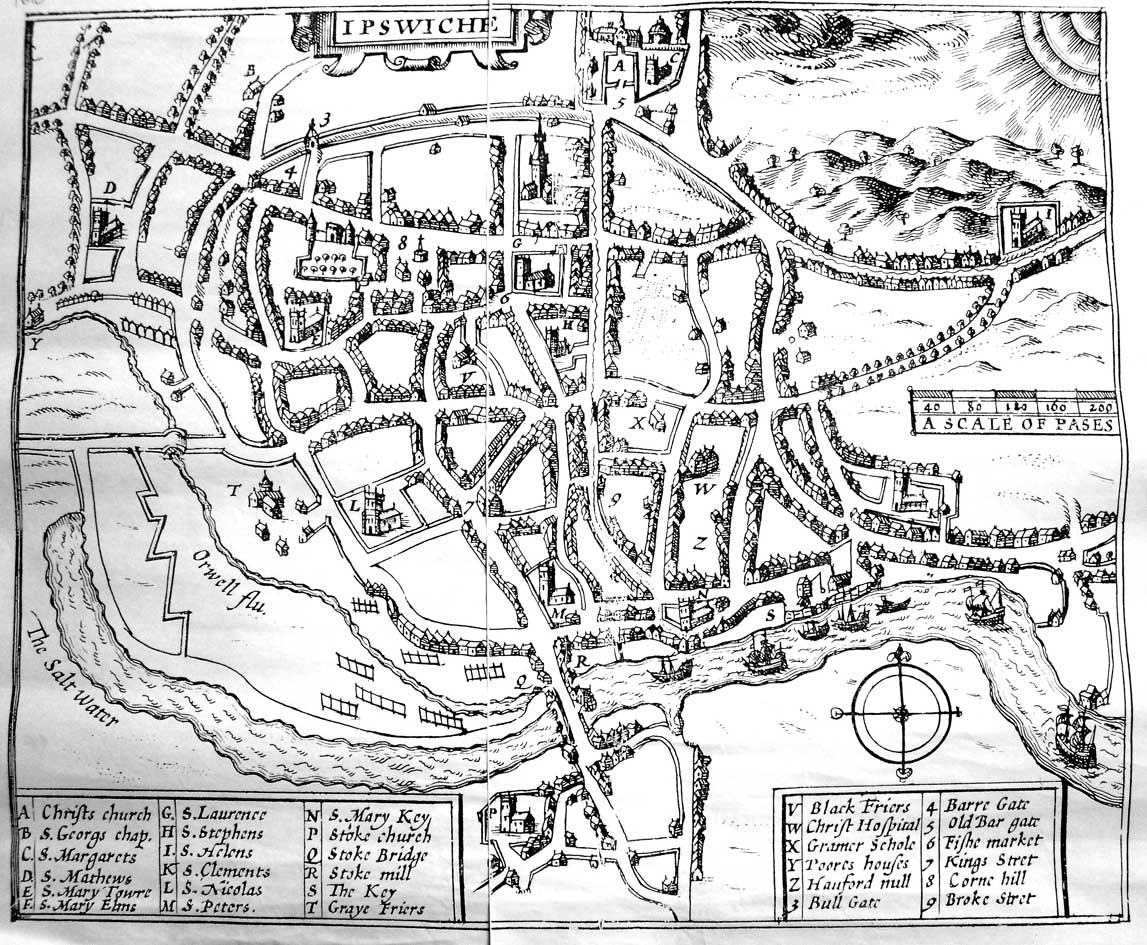
Whilst acting as schoolmaster to the sons of the Marquess of Dorset, he went with the young men to their home at Bradgate, Leicestershire (3). This is likely to have been his first taste of the delights of wealth. His first modest living, however, as a priest, was at St Mary's Limington (4), Somerset, although whether he ever actually lived there is a moot point.
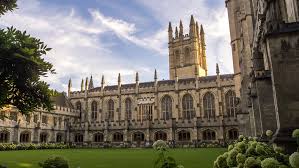
He was certainly back in London by 1501, in residence at Lambeth Palace (5). His next port of call was a stint in Calais, as assistant to the Deputy Lieutenant, Sir Richard Nanfan. On returning home in 1507, he joined the royal household, which was mainly centred on Henry VII's new palace at Richmond (6). Whilst in Henry's employ, he visited both Scotland and the Low Countries on diplomatic missions.
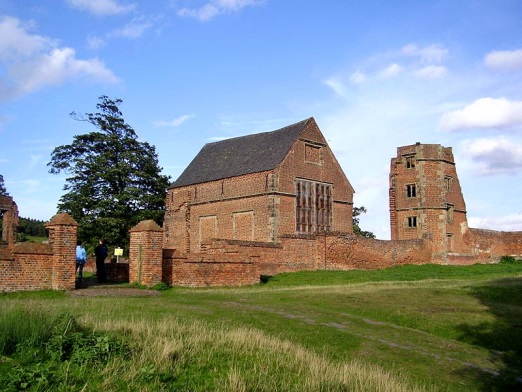
Wolsey's first great step forward in the Church was his preferment as Dean, then Bishop of Lincoln (7), although, if he went to the cathedral at all, it would have been a fleeting visit. He certainly did not take up residence.
Promoted to the Archbishopric of York in 1514, Wolsey took possession of York Place (8), the Archbishops' palace in London, which is now the location of Whitehall.York Place had been largely ignored by the previous incumbent, Cardinal Bainbridge, and Wolsey set about renovating the palace on a grand scale. The chief architect was Henry Redmayne, who was the master mason of Westminster Abbey. Overall, the renovations cost in excess of £1,250 in a time when a soldier earned 4d a day.
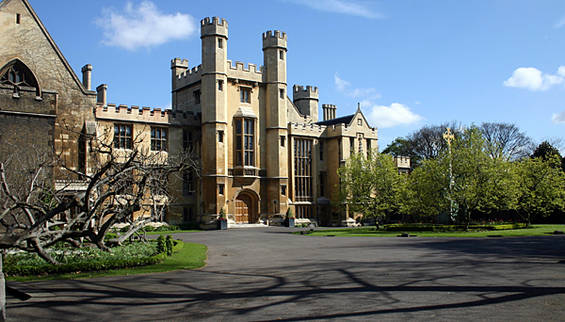
But York Place belonged to the Church – Wolsey wanted a place of his own. In 1514 he acquired Hampton Court (9), which he transformed into the most glittering renaissance palace in Britain, outstripping Henry VII's great construction at Richmond, and the King's favourite palace at Greenwich. Henry looked on Hampton Court with covetous eyes, and, in 1528, when times were becoming difficult for Wolsey, he gave it to the King, although with the proviso that he could stay there whenever he liked.
Not content with Hampton Court, Wolsey also acquired and spent considerable amounts of time during the 1520s at The More (10), near Rickmansworth.After his fall, this was the house to which Katharine of Aragon was banished.
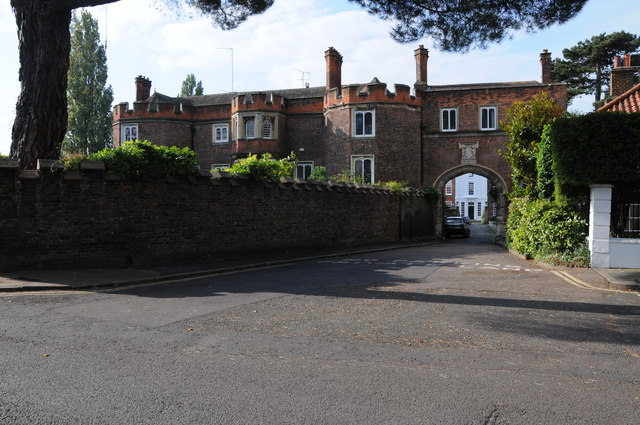
During the period 1520 – 22, Wolsey travelled to Calais, in charge of the preparations for the Field of Cloth of Gold, and then for the negotiations of 1522, first in Calais, then in Bruges.In 1527 he was abroad again, heading for Avignon in the south of France, to persuade the College of Cardinals to accept him as deputy for the imprisoned pope, Clement VII.
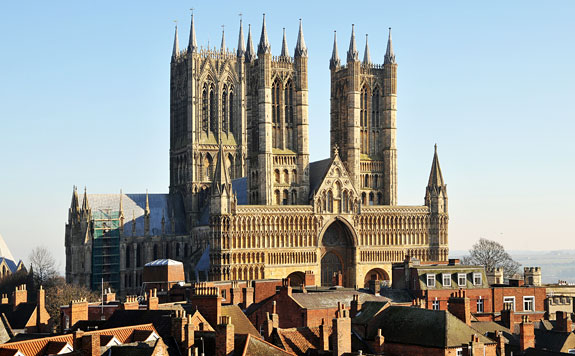
One of the most significant scenes of Wolsey's life was played out at Blackfriars (11) – this was a Dominican monastery, but was frequently used for Parliament meetings or for other state occasions. It is now buried beneath Blackfriars station. In May 1529, Blackfriars was the location of the Legatine Court presided over by Wolsey and Cardinal Campeggio, to try the matrimonial cause between Henry VIII and Katharine of Aragon.
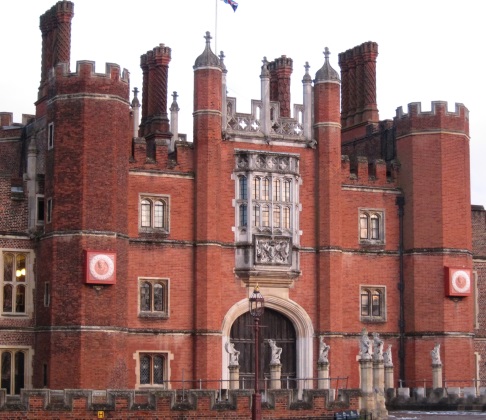
Wolsey's failure to obtain the annulment led to his fall from favour. He was given hope of reinstatement in Henry's good graces when he was graciously received by the King at Grafton Regis (12), but he was disappointed.
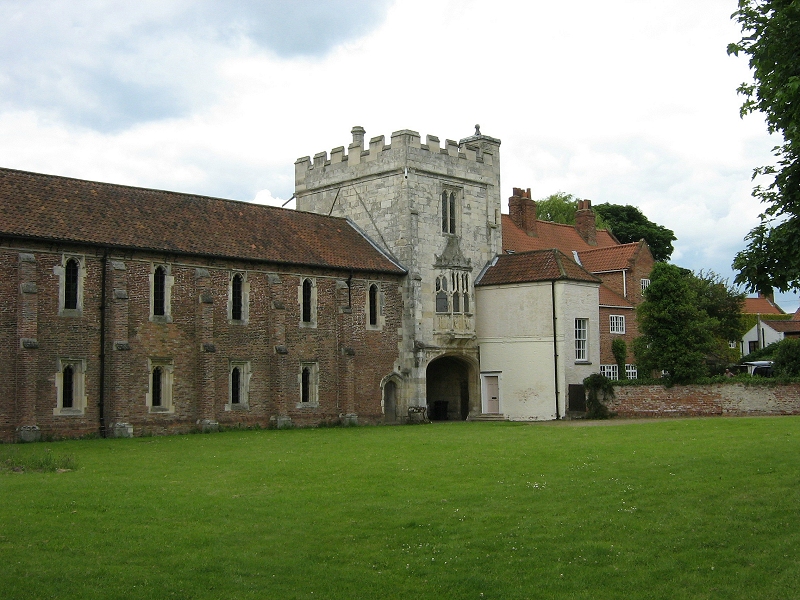
Sent to reside in his diocese of York, Wolsey took up residence, first at Southwell in Nottinghamshire, then at the Archbishops' Palace at Cawood Castle (13). Here too, he could not resist his desire to build and improve, and began spending money on renovations. Here he also planned his enthronement at York Minster (14), but he was arrested, and died at Greyfriars Abbey, Leicester (15) before it could take place.
The map below shows the location of the places associated with Thomas Wolsey discussed in this article.
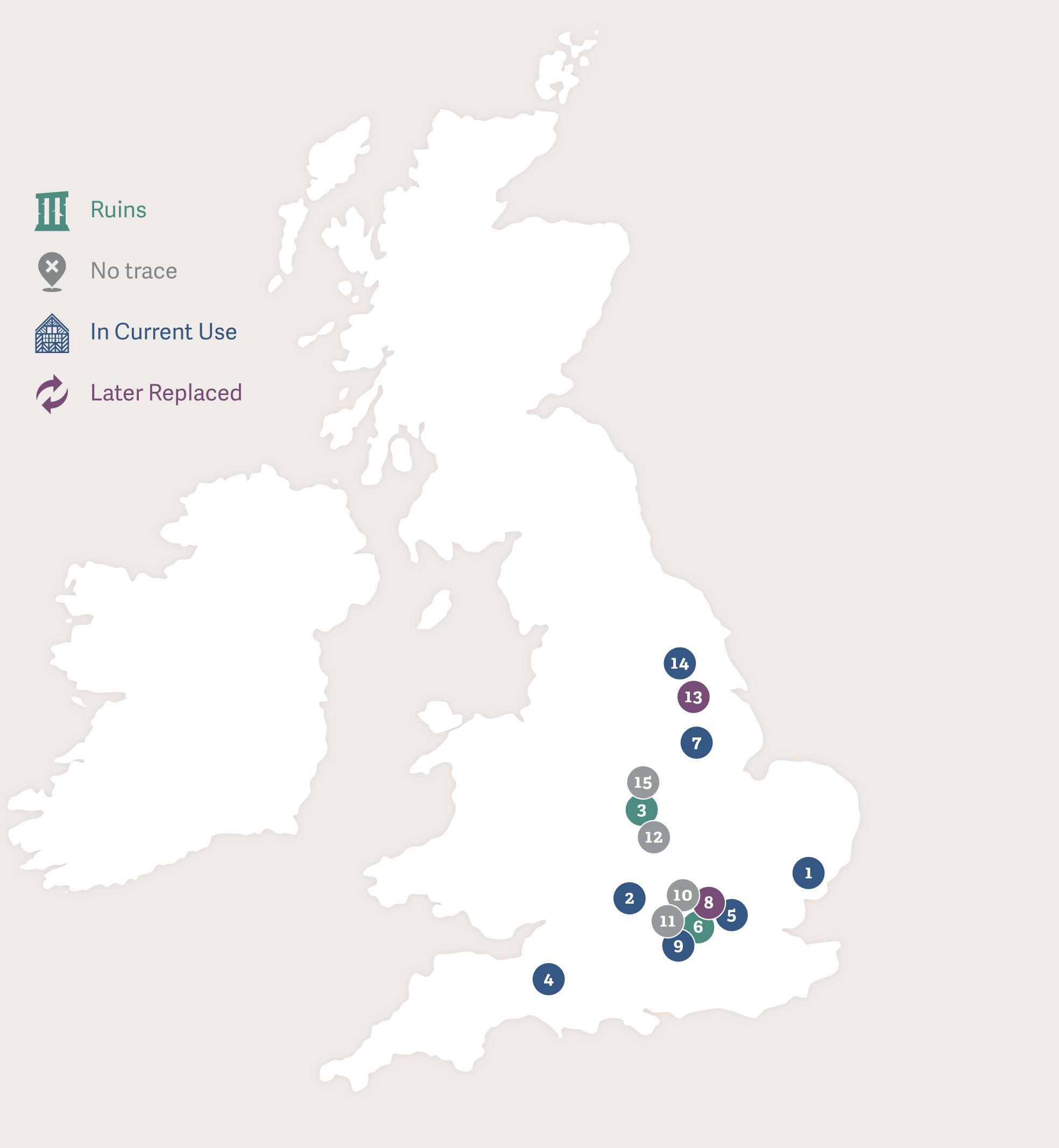
This article is part of a Profile on Thomas Wolsey available for Kindle, for purchase from Amazon US and Amazon UK.



